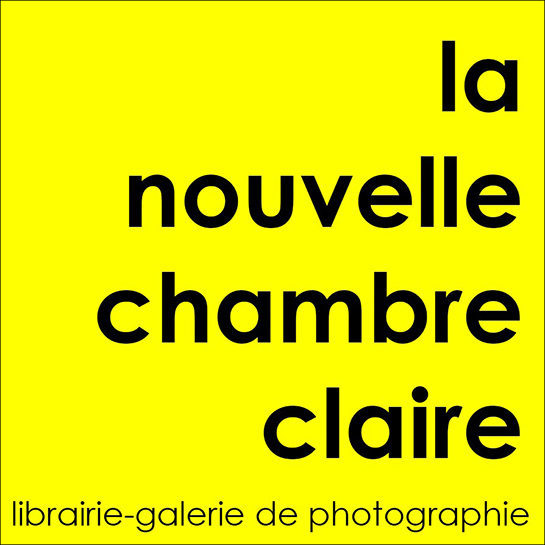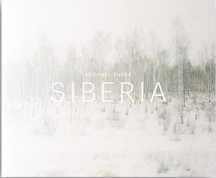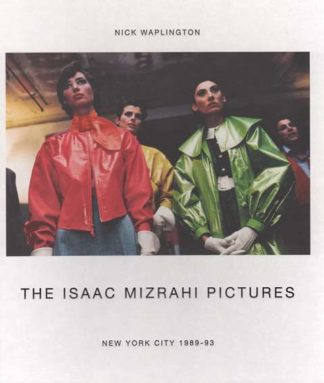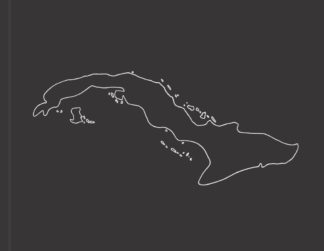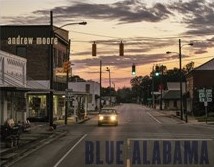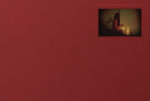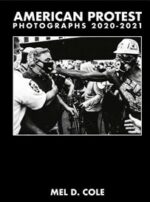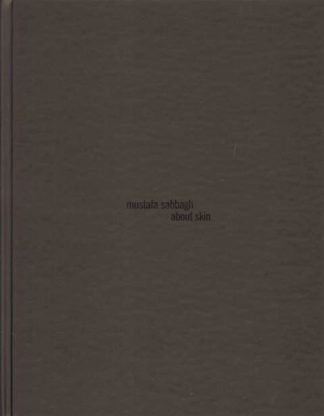Ayant grandi près de Washington DC à la fin de la guerre froide, Turek a toujours été attiré par la Russie comme un lieu tabou et interdit. Le projet a commencé à l’hiver 2016 lorsqu’il s’est joint à l’écrivain britannique primé Sophy Roberts alors qu’elle poursuivait sa recherche d’un piano historique en Sibérie pendant trois ans. Turek se rendit cinq fois dans la région, explorant le vaste territoire à l’est des montagnes de l’Oural jusqu’au Pacifique. Ses images témoignent d’une tension constante — parfois bizarre, souvent troublante — entre les paysages profanés et les milieux sauvages vierges; entre la vie des peuples autochtones et celle des Russes modernes; entre une infrastructure usée et des villes abandonnées juxtaposées à de nouvelles villes étincelantes pompant du gaz et du pétrole. Le voyage le conduit de plus en plus profondément dans les petites villes et les villages, dans les couloirs verts d’arsenic des blocs d’appartements Khroushchev. Les photographies ont chacune une lenteur et un calme. Chacune est le fragment d’une conversation, un moment d’intimité authentique entre le sujet et le photographe ; préface de Sophy Roberts, photos en couleurs.
Growing up near Washington DC at the end of the Cold War, Turek has always been drawn to Russia as a taboo, forbidden place. The project began in the winter of 2016 when he joined award-winning British writer Sophy Roberts as she pursued a three-year search for an historic piano in Siberia. Turek traveled to the region another five times, exploring the vast territory east of the Ural Mountains all the way to the Pacific. His images record a constant tension — sometimes bizarre, often unsettling — between desecrated landscapes alongside pristine wildernesses; between the lives of indigenous people and modern Russians; between worn-out infrastructure and abandoned towns juxtaposed with gleaming new cities pumping gas and oil. The journey takes him deeper and deeper into small towns and villages, into the arsenic green corridors of Khrushchev apartment blocks. The photographs have a slowness and a stillness to them. Each one is a fragment of a conversation, a moment of genuine intimacy between subject and photographer.
